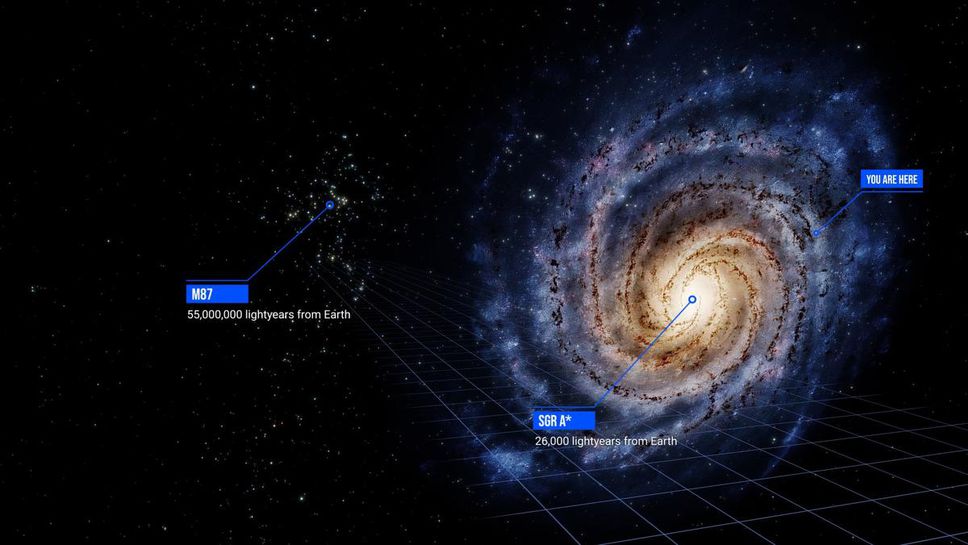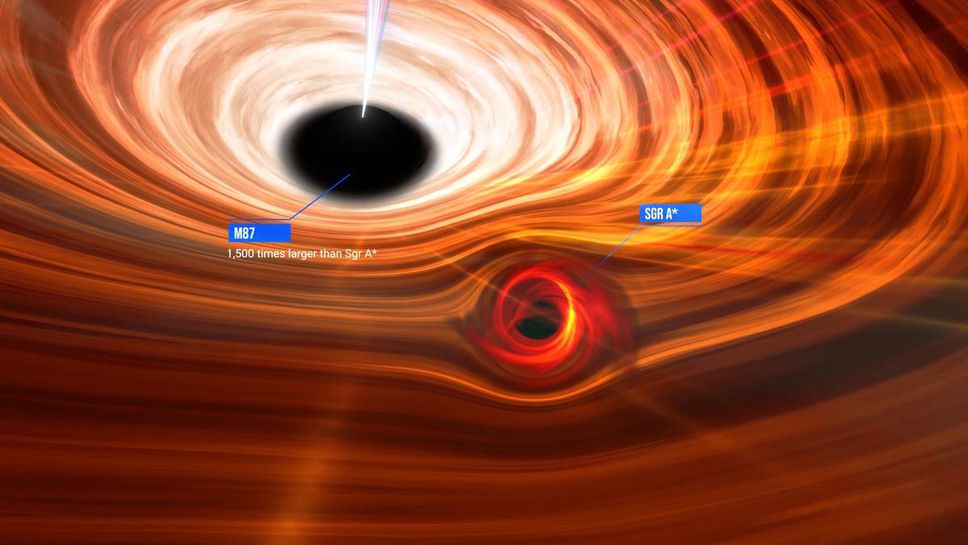For the first time, scientists have captured an image of the supermassive black hole at the heart of our galaxy.
The feat not only provides evidence that the object at the center of the Milky Way is indeed a black hole, but goes a long way toward enhancing scientists’ knowledge of the structure of black holes.
The image was created with the Event Horizon Telescope — eight telescopes working together across the world, each providing thousands of partial images of the black hole.
That data was collected and processed to form the final image.
In the image, the black hole — dubbed Sagittarius A* (Sgr A*, pronounced “sadge-ay-star”) — appears as a dark spot surrounded by a bright ring. That ring is hot gas as it escapes the star.
The bright ring that appears is the light escaping from the hot gas swirling around the black hole. The black disc at the center is the region where light has crossed the event horizon — the point where the black hole’s gravity prevents anything — even light — from escaping.
In structure, Sgr A* appears similar to the very first image of a black hole, a supermassive star in the galaxy M87, which researchers released in 2019.
But the newly imaged Sgr A* — though it is four million times the mass of our own sun — is much smaller and fainter than the M87 black hole … and much closer. The black hole in the M87 galaxy is 1,500 times more massive than Sgr A*, but 2,000 times further away.
Not only is Sgr A* much fainter than M87, but, in order to photograph it, researchers had to contend with trying to image it through the dust and clutter of the Milky Way, as well as the turbulence of Earth’s own atmosphere.
More to eat.
JOIN THE CONVERSATION

